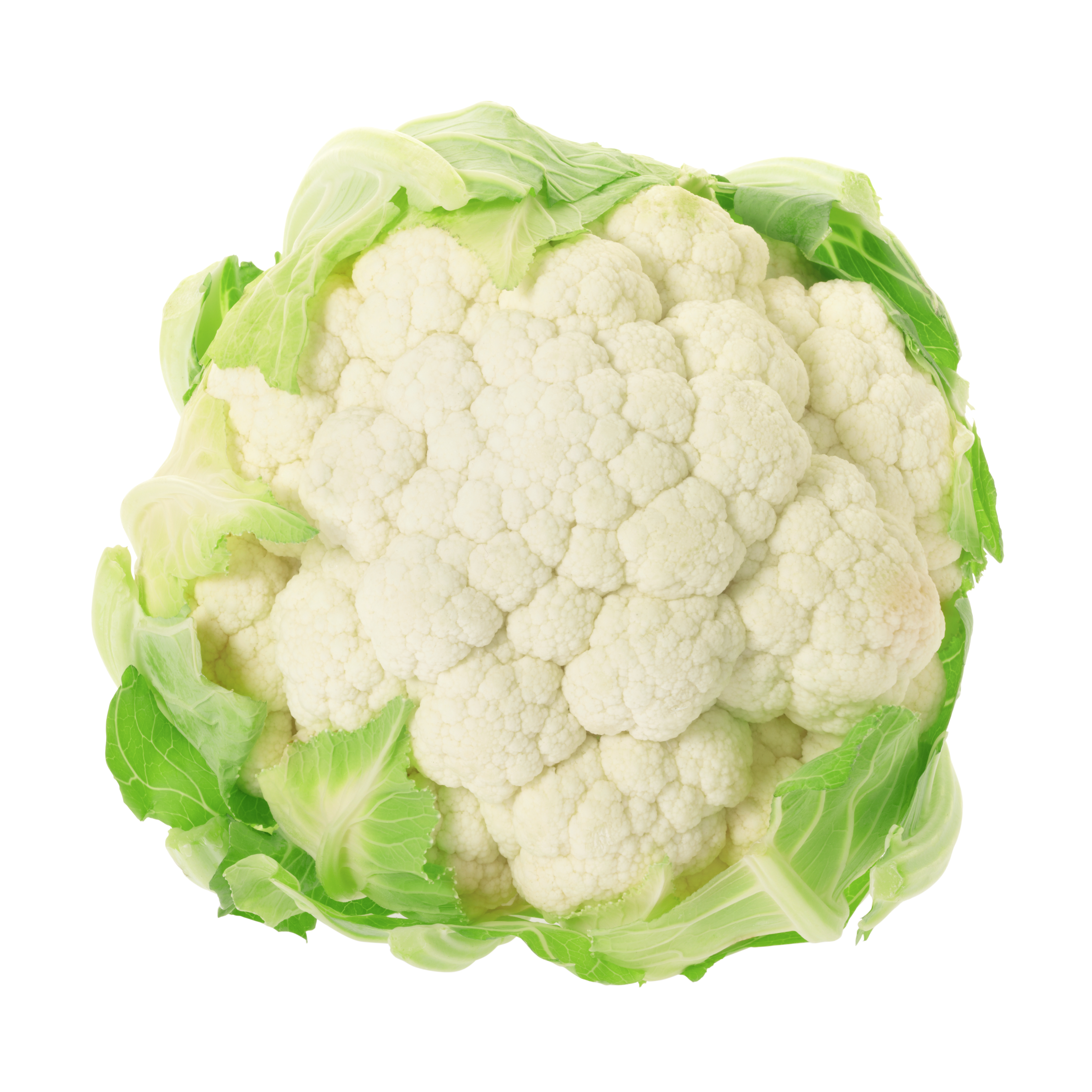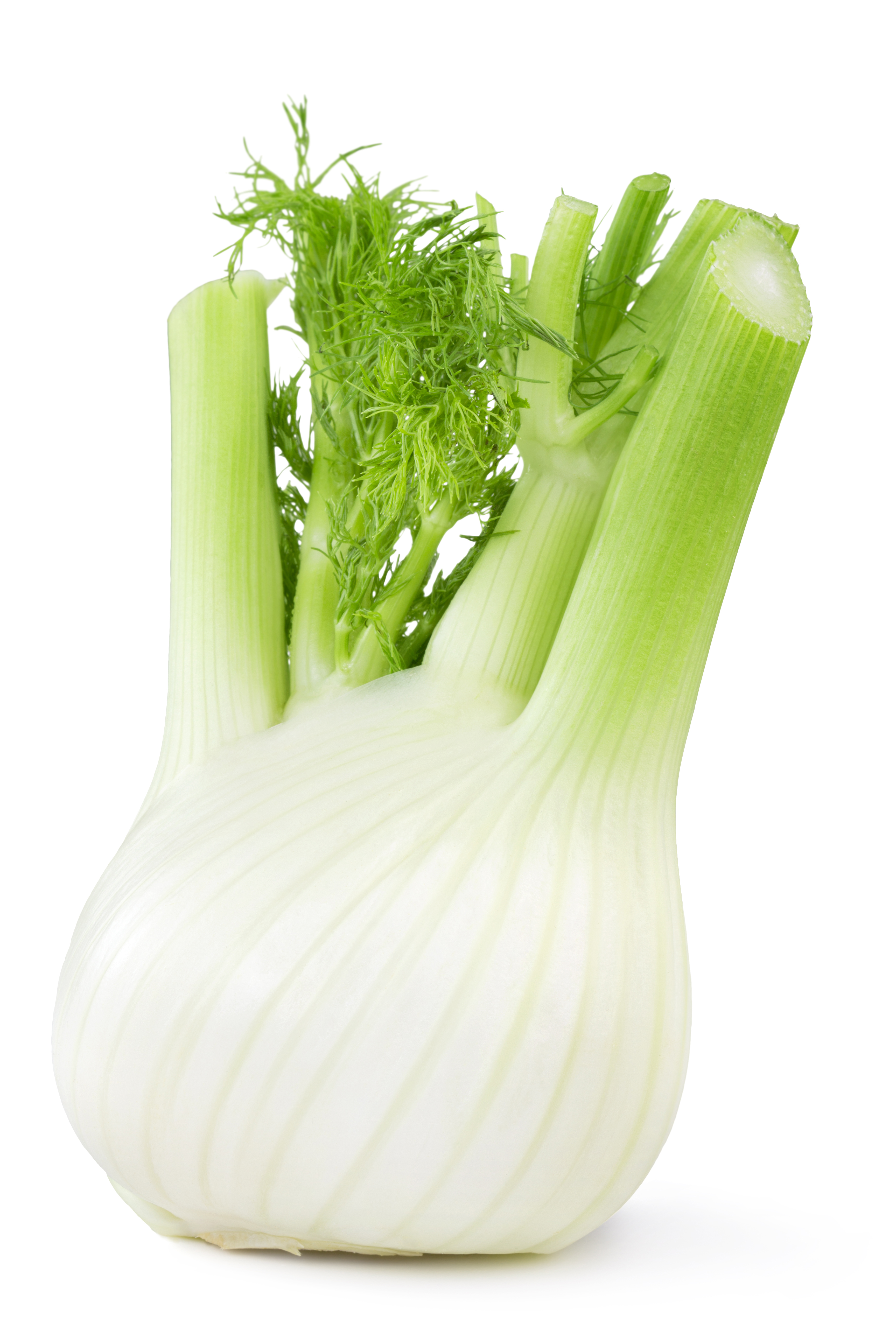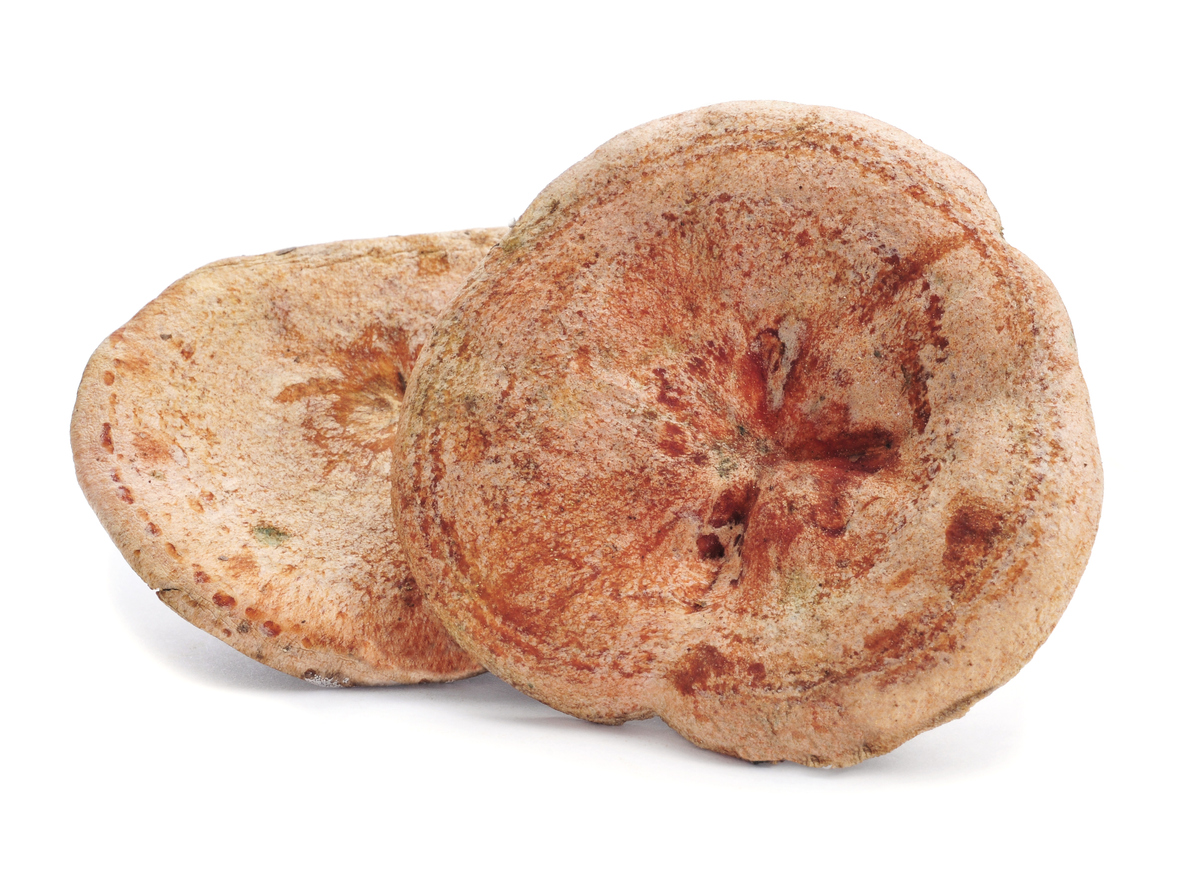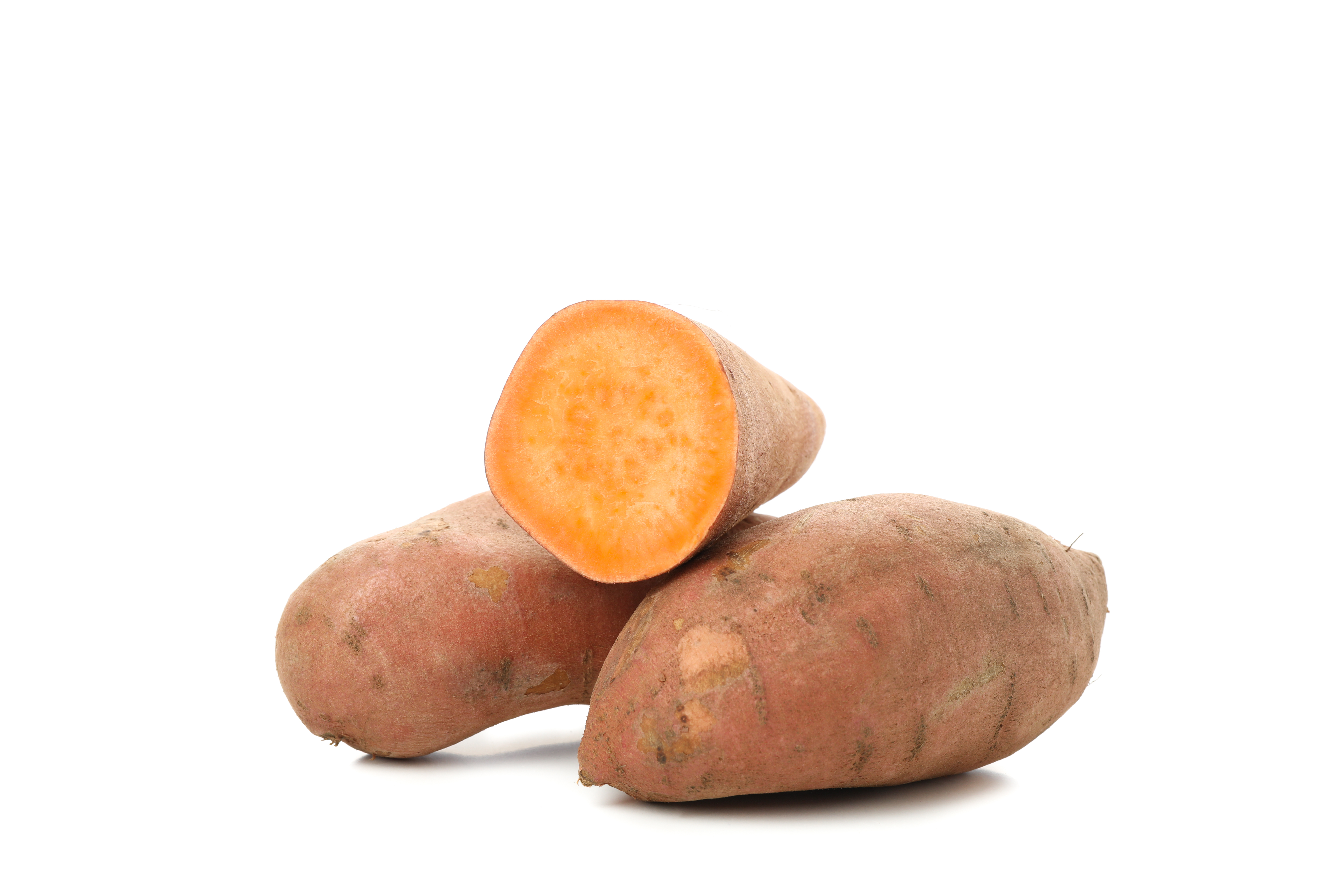Ganxet beans
The mongeta del ganxet is a legume that has had Protected Designation of Origin status since 1993. It’s grown in the Vallès and Maresme areas of Catalonia, and to spot this native variety of bean look for one that’s flat, white and very curved (hook-shaped).
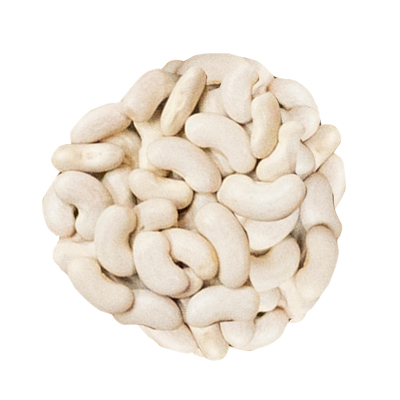
-
Like all legumes, ganxet beans have a high content in complex carbohydrates, and lots of proteins, but they don’t contain all the amino acids we need. It’s important to note that beans are high in fibre, iron, potassium and magnesium as well.
-
Leave to soak overnight (for around 12 hours) in cold water with a teaspoon of bicarbonate of soda. The next day, cook them over a low heat (this stops the skins from splitting) and remember that they need to be well cooked through, as if not they’re indigestible. When they’re done, you can eat them on their own - they’re perfect with a drizzle of olive oil - or use them as ingredients for other dishes (with clams, cod, or in an empedrat (a typical Catalan salad based on salted cod).
-
One of the most popular varieties of bean in Catalonia. It stands out for its hook-like shape, and delicate flavour and texture, and can be used in all sorts of stews or in empedrats. Like any legume, dried beans can be stored for months or even years. If you want to store them for a long time and make sure that they don’t sprout, you can freeze and then defrost them; once you’ve done this, they’re ready for long term storage.
Cooked leftover beans can also be frozen, or you could whizz them up into a smooth hummus with a splash of olive oil and some garlic, sprinkle with chopped chives and serve as a starter, or perhaps as an accompaniment to a fish dish.



